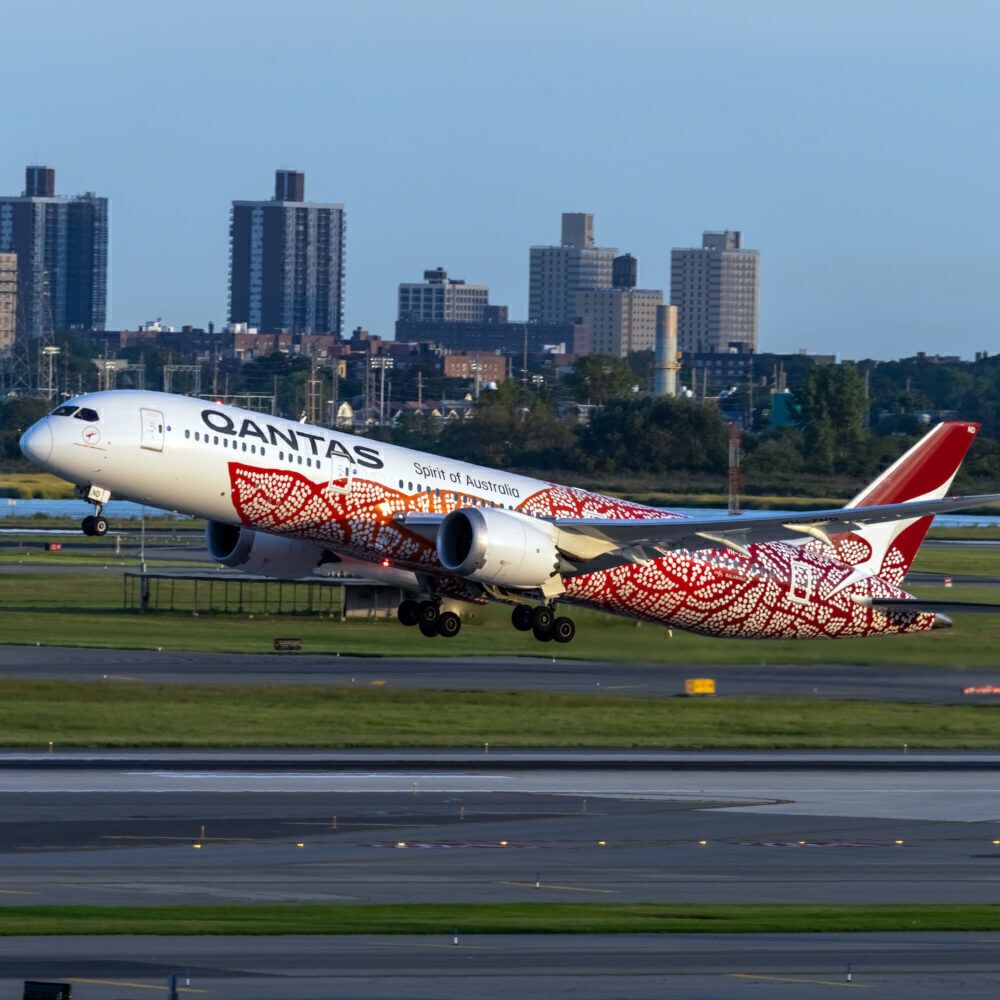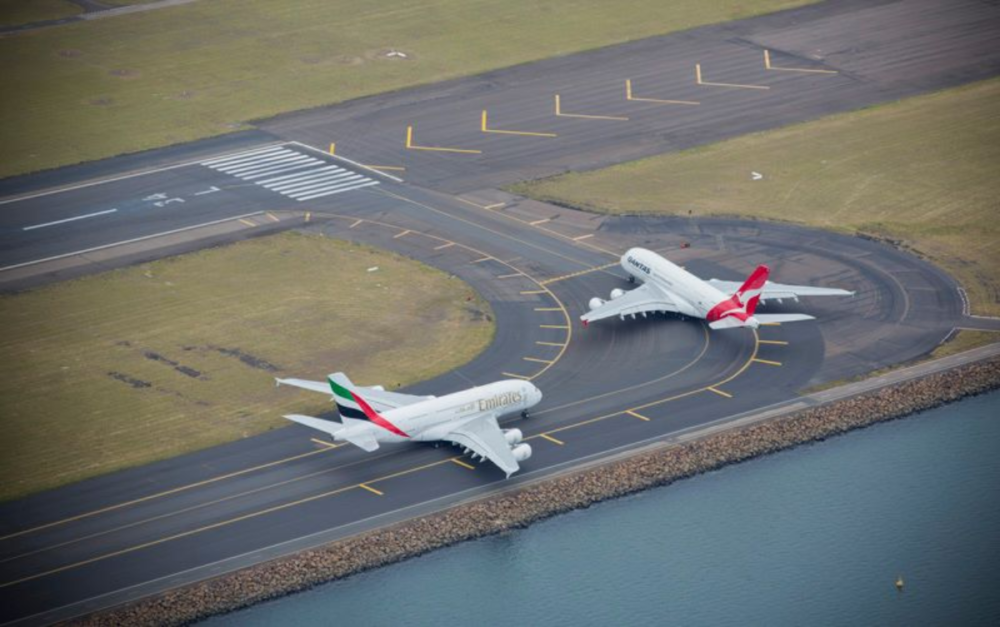On the evening of November 8th, a QantasLink regional Dash-8 passenger aircraft caught fire shortly after landing at Sydney Kingsford Smith Airport, forcing the evacuation of more than 20 people onboard the small aircraft. Fortunately, everyone escaped the aircraft without any smoke inhalation or physical injuries.
The domestic flight in question
Inbound from Lord Howe Island, QantasLink flight QF 2265 was operating as a regularly scheduled domestic flight. Onboard the flight were 24 passengers, and the aircraft landed safely at Sydney Airport at approximately 17:14. Everything was routine until the aircraft experienced an in-flight fire when reports of flames near the tires surfaced at around 17:30.
A brake tire fire had started in the tire area of the small aircraft, with smoke billowing from the rear tire alongside sparks of orange flames, but there was no smoke in the cabin. All passengers were quickly evacuated through the front stairs, and with no reported injuries, no medical services were required even though paramedics had arrived on the scene.
The evacuated passengers were eventually bussed to the main terminal, and airport emergency services then proceeded to extinguish the fire shortly after. Airport services were also temporarily suspended.
Chief Operating Officer at QantasLink, Petrea Bradford, confirmed the incident and applauded the heroic efforts of the pilots and cabin crew of QF 2265 by saying:
"Passengers from Lord Howe Island to Sydney were evacuated following reports of flames near the tires after the aircraft had landed safely. We appreciate this would have been unsettling for passengers, and we thank them and our crew for evacuating in a calm and orderly manner."
Discover more aviation news for Australia and Oceania here!
The small aircraft in question
After the fire had been put out, QantasLink deployed a team of engineers to inspect the aircraft, which would be VH-TQS. Having flown nearly 27 long years of active service, the Dash 8-200 has clocked in more than 47,000 flight hours through over 43,400 flight cycles.
The aircraft first took off in 1995 and was delivered to the now-defunct Malaysian carrier Saeaga Airlines under the registered 9M-EKB. Subsequently, the aircraft was delivered to Eastern Australia Airlines in March 1998, configured with 36 seats in economy class and newly registered as VH-TQS.
And a few years later, in May 2001, the aircraft was transferred to QantasLink and has been with the regional subsidiary ever since. VH-TQS is just one of the airline's three Dash-8 200 series and is also the oldest aircraft among the three. Before operating on November 8th, VH-TQS had been frequently and sometimes consecutively deployed to fly the SYD-LDH-SYD route for the past few days and even last month.
Given the aircraft's relatively old age and the hot summer season approaching in Australia, it is likely that the temperatures in the landing gear wheels or brake area got too heated when it was landing on November 8th, causing grease and residual fluids to ignite. Fortunately, there were no other reported incidents or damage to VH-TQS, so the aircraft may soon be back in service after more checks and, perhaps, some new tires.
Get the latest aviation news straight to your inbox: Sign up for our newsletters today!
Source: News.com.au

_de_Havilland_Canada_DHC-8-202_taxiing_at_Wagga_Wagga_Airport.jpg)
.jpg)

